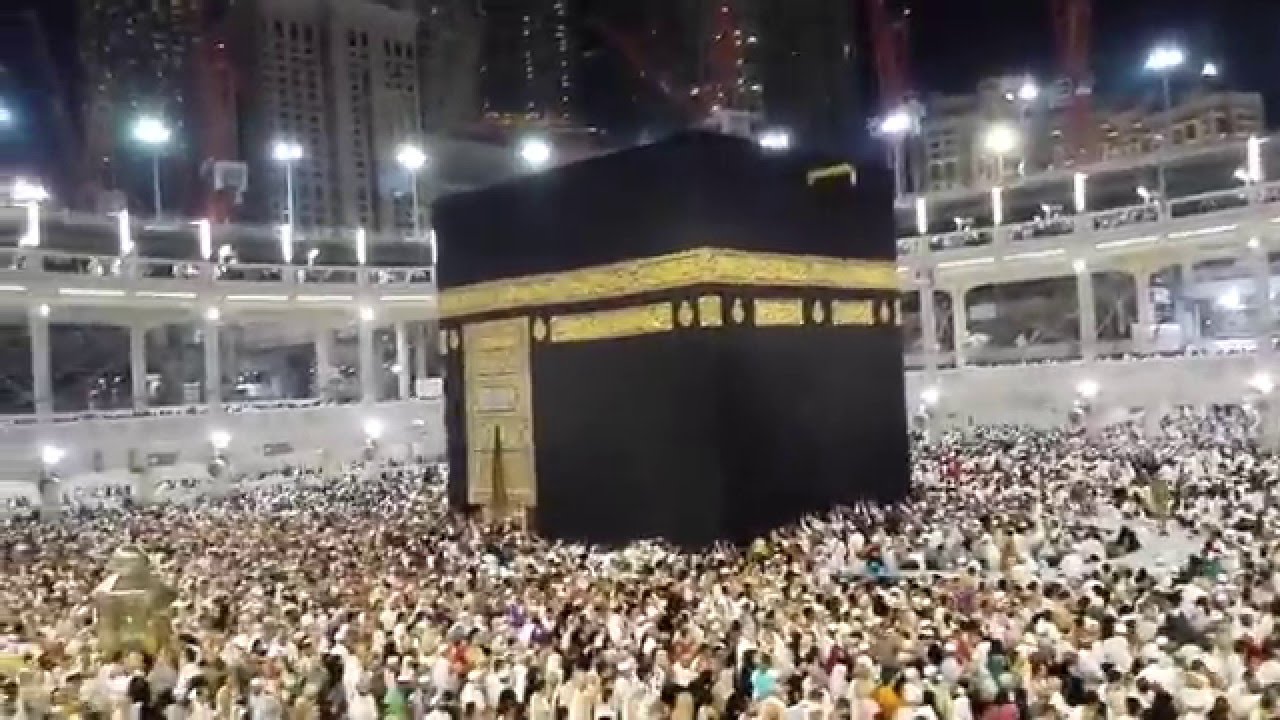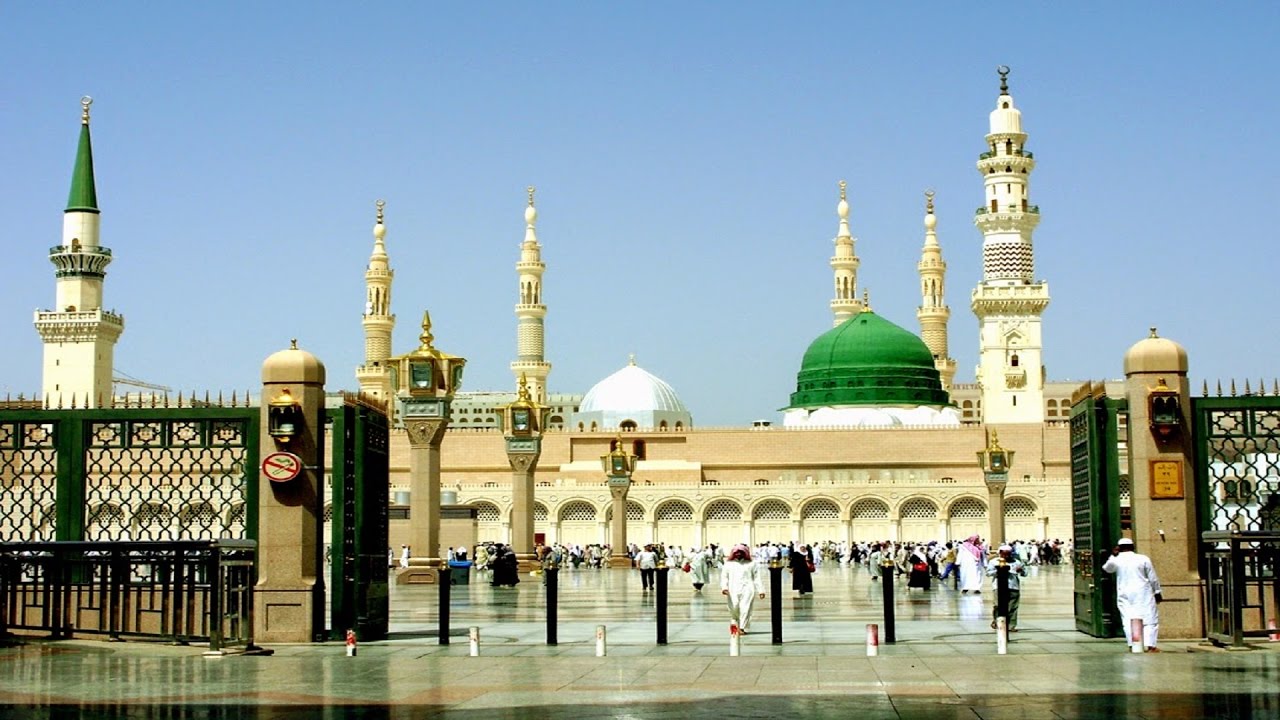Aulia -Janaza Habit-Worship
“Bismillahir Rahmannir Raheem”Al-Hamdu Lillaahi Rabbil ‘Aalameen was Salaatu was- Salaamu ‘Alaa Sayidinaa Muhammadin wa Aalihi wa Asabihi Ajma ‘een (tauheed- risalat- ahkirat and islam-iman-ihsan)
Janaza
A Muslim undergoes four stages after death,
1. Before the Janaazah Namaaz.
2. After the Janaazah Namaaz.
3. Before burial.
4. After burial.
Shaami states, ”The difference between a habit and worship is the intention of sincerity: Discussion of Sunanul-Wudhu In other words, whichever action is completed with sincerity becomes an act of worship (ibaadat). If it is done without then it is known as a habit.
Durre Mukhtaar states, “Mustahab is that action which the Holy Prophet(ﷺ)sometimes completed and sometimes didn’t. It is also that which the previous Muslims accepted to be good.” Discussion on the Mustahabaatul-Wudhu
Shaami states, “Whatever Muslims deem to be correct is good according to Allahﷻ – Discussion on Dafn
The Ahle-Sunnah practices Musaafaha (shaking hands) after Salaah and Mu’anaqa (embracement) after the Eid Salaah, etc.
Muaanaqah is sourced from the Holy Prophet(ﷺ). Mishkaat has dedicated a chapter for this in Kitaabul-Adab, BaabulMusaafaha wal-Mu’anaqa. In it, Rasoolullah(ﷺ)making Mu’anaqa with Hadrat Zaid ibn Haaritha (ra)is reported. The tone of the Hadith suggests that the embrace was of happiness. The day of Eid is also an occasion of happiness. Therefore, to demonstrate happiness, Mu’anaqa is made.
Also, Durre-Mukhtaar states, “Making Musaafaha is permissible even if it is made after Asr Salaah. The meaning of the Fuqaha’s statement (that Musaafaha after Asr Salaah is an Innovation) means that it is a permissible and Good Innovation, as per the book Azkaar of Imam Nawawi (ra)14.25 – Vol. 5. Baabul-Karaahiyat, Baabul-Istibraa
Allama Shaami (ra)writes beneath this, “To shake hands on every meeting is preferable, and the practice of making Musaafaha after the Fajr Salaah has no source in the Shariah. However, there is also no harm in it. The mentioning and prohibition of Fajr or Asr is only based on the habit of people. Otherwise, Musaafaha (shaking hands) after every Namaaz has the same command.” -Raddul-Muhtaar .
The first is becoming absent with body (physically) and the second is to become absent with mind.
In Namaaz, although all of the Muqtadies (followers) and Imam are seemingly in one place, they are unseen to each other according to command.
They are the result of Salaah being the ascension of a Believer, and have severed ties with the world and have reached Allahﷻ. When they make Salaam, they return to the world and all worldly acts become Halaal for them again.
The time of making Musaafaha is also after returning from being absent. Thus, it is Sunnat.”
“At the time of Salaah, to who and why do we make Salaam?
The Imaam should intend making Salaam to the angels and Muqtadies, and the Muqtadies should have the intention of making Salaam of the Imaam and angels.
A person who reads Namaaz alone should only have the intention of greeting the angels.
If Salaam is only made either at the time of meeting or parting, why is it performed here?
There are things which are read after Salaah that still remain (i.e. dua, wazifas, etc). After reading Fajr Salaah, some people will only leave after performing Ishraaq.
When I want to talk to allah I say prayers and when I want that he talk to me I recite quran- Hazrath Ali(ra)
Make sure you forward this to others .


